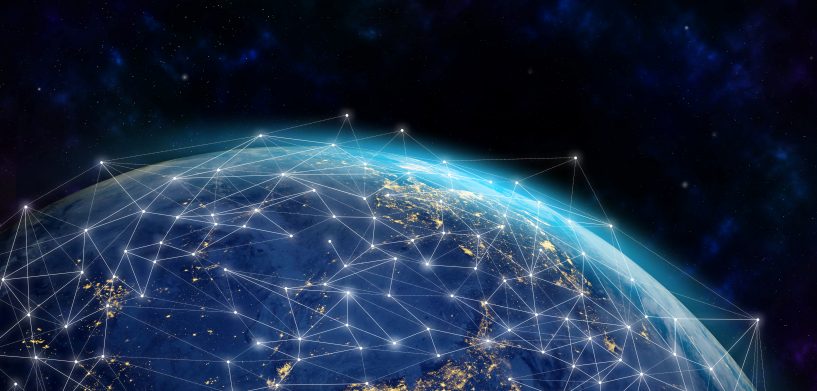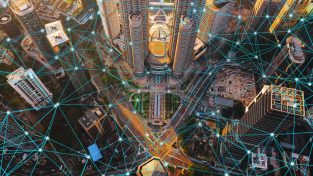Understanding a complex system such as Earth requires digital technologies that combine and analyse volumes of data from numerous sources. Driven by artificial intelligence, digital twins provide virtual models of the planet, so we can better understand its past and predict its future.
“Digital twin” is one of the most popular and recurrent concepts of the moment, but what is a digital twin and which applications are suitable within the Earth observation (EO) segment? During this year’s HxGN Live Global 2022 sessions, many applications and use cases were described, leading me to broader considerations and potential use cases in the EO world.
Our planet is a complex system, and to better understand how it works, one possible solution is to create a simulated “living” replica. Driven by advanced artificial intelligence, this computing model is fed by the continuous input of data and observations from the physical world. Thus, a digital twin allows us to revisit our past, understand better and more deeply our present and predict future events and behaviours.
This vision has also been assumed by the European Union in the “Destination Earth” programme, which has the ambition to create a digital twin that would replicate and simulate the atmosphere, ocean, ice and land with never-seen-before precision, providing forecasts of floods, droughts and fires from days to years in advance. The programme evolution will also attempt to capture human behaviours, enabling countries to see the impacts of weather events and climate change on societies that are trying to mitigate the effects of this phenomena.
This is the approach also used in Planetek’s “Info as a service” products, and particularly in the Rheticus© Platform: once the “time machine” is activated in the area of interest, you’re able to instantly retrieve information about the past, comprehend the current situation and predict the evolution in the future.
Hexagon’s tools, and more specifically M.App Enterprise powered by the Luciad components, are at the foundation of these services and provide all the tools to manage and visualise data, and bring out the analytics to enable the best decisions possible.
Taking part in HxGN Global Live 2022 was inspiring in developing new digital models and solutions to modernise our business and think of new opportunities – to explore use cases and understand more deeply how Hexagon’s tools are designed and used to represent and create digital twins. The experience was extremely informative, and I brought home new knowledge – always an important goal for me.

















